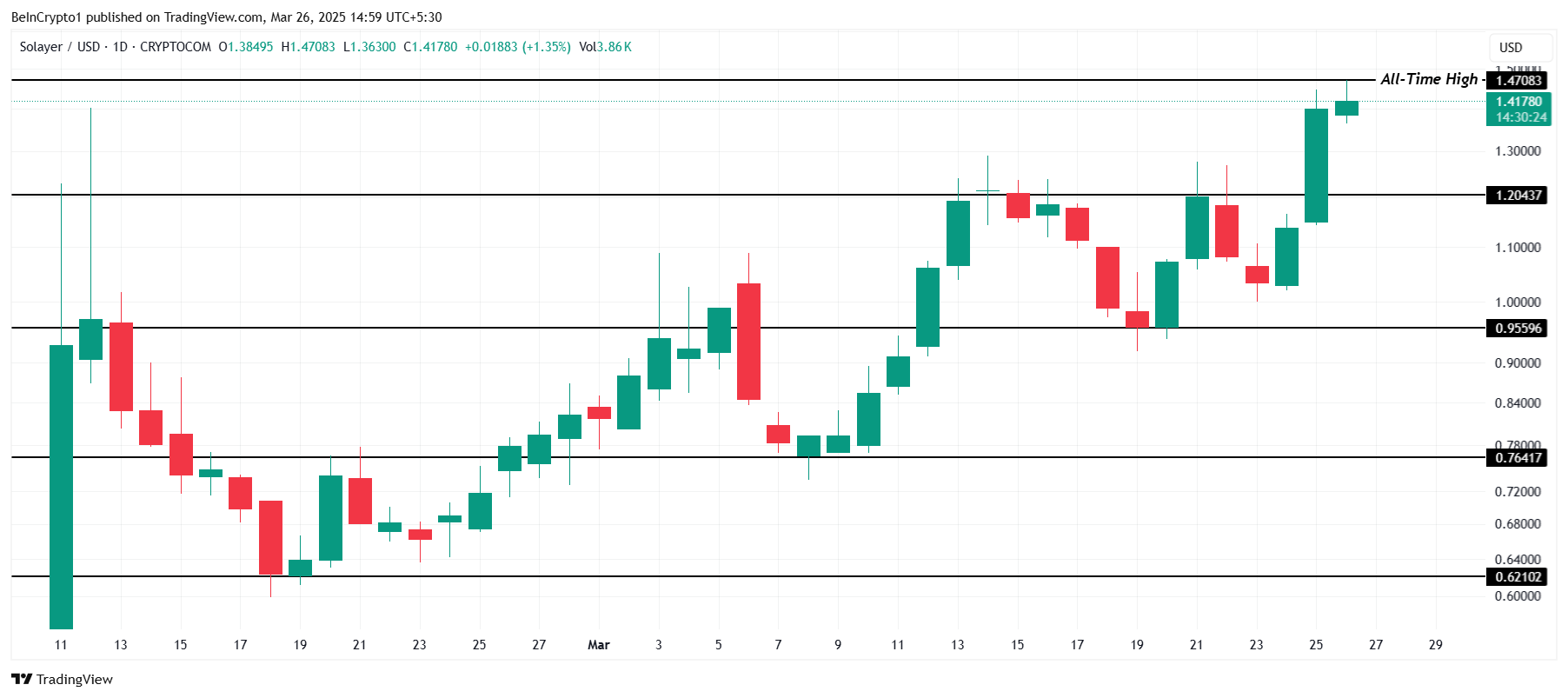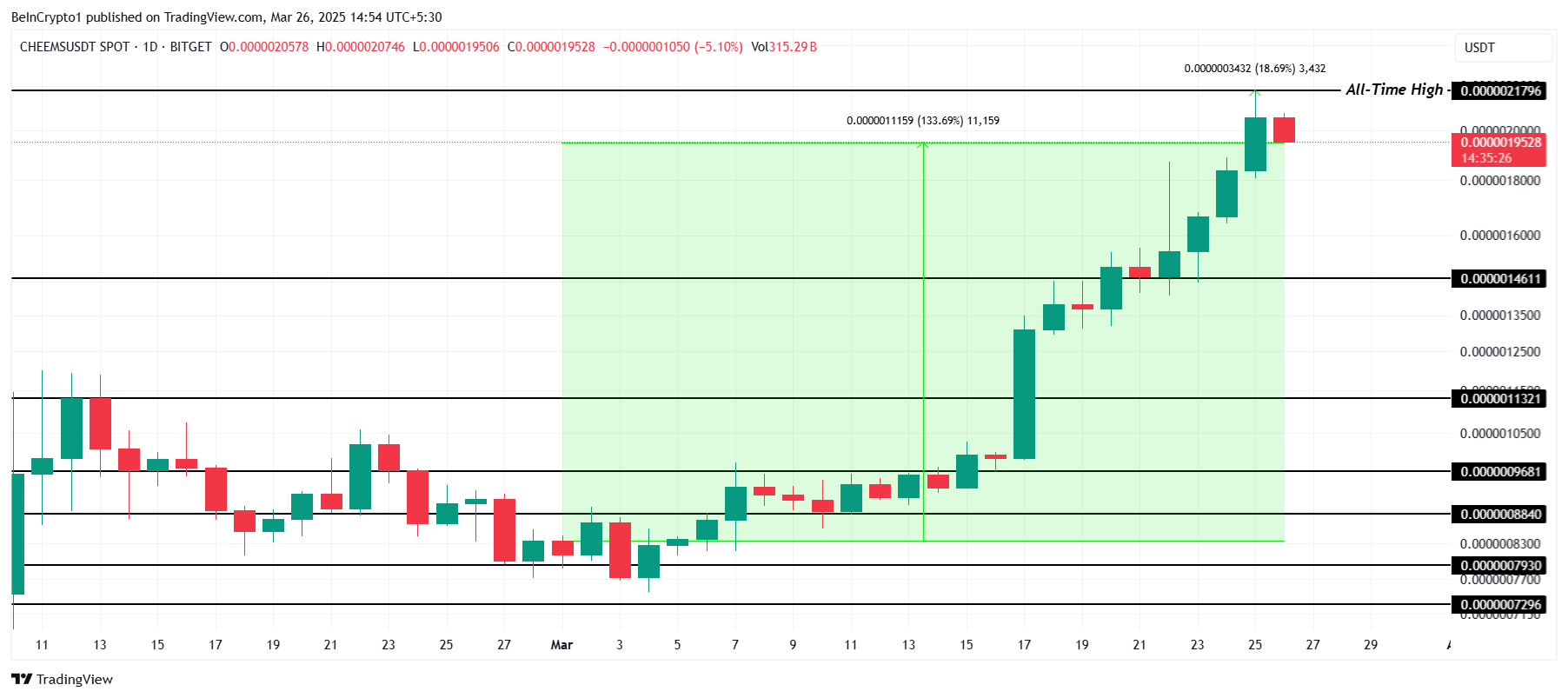
The Jerome Powell speech is a key catalyst, impacting the crypto market significantly. The US is among the world’s top economies, so its monetary decisions affect the most financial markets. As a result, the eyes are all on the Fed’s decision, as the US interest rate decision could either crash or rally the market, especially as the Donald Trump tariff brought extreme turbulence and crashes.
Jerome Powell Speech Time and Where to Watch?
Jerome Powell Speech is the highlight of the FOMC meeting, taking place moments past the meeting’s conclusion at 2:00 PM. The United States Federal Open Market Committee (FOMC) is holding its 3rd meeting, led by Powell.
Today’s Fed meeting will evaluate the economic conditions of the country and develop any potential changes needed for the country, including interest rate cuts. As their decision would impact the US monetary policy, all the nations are watching this event.
This becomes important as investors and Trump anticipate interest rate cuts. Jerome Powell will hold a conference at 2:00 PM ET on May 7, which will be live-streamed on the Fed’s official platforms, including YouTube, X (Twitter), and even its official website.
The updates on the Fed news will also be live on various social media platforms and new sites like CoinGape. However, rather than the meeting, the focus is on how it would impact the crypto market and others.
What to Expect From Jerome Powell Speech and the FOMC Meeting?
Bank of America predicted four interest rate cuts in 2025 and Goldman Sachs anticipated three 0.25% cuts, but the possibility of one happening in May is less likely. Even Godman reported for their timeline in July, September, and October.
Polymarket reports add further confidence, as the odds of interest rate cuts in May are just 2%, and 98% odds for the ‘no change.’ Experts believe that Jerome Powell will announce steady rates in his speech at 4.25%-4.50%. That’s because there’s a strong US labour market adding 1,77,000 jobs in April, grading inflation.

Moreover, the March inflation report puts it at 2.6%, which is still above the anticipated 2% target. Furthermore, the unemployment rate is also steady at 4.2%.
A rate cut would make borrowing cheaper, increasing the money flow in the economy, which Donald Trump anticipates. However, the Fed’s stance is “wait and see” based on jobs and inflation data rather than sentiments.
Will Crypto Market Rally or Crash?
Amid the uncertainty of Fed interest rate cut decisions, the crypto market is witnessing high volatility today. Most of the cryptocurrencies, including Bitcoin price is down, as the investors’ sentiments remain fearful.

The performance of the market depends heavily on Jerome Powell speech announcement. Experts like Baldwin claim that the crypto assets could witness significant volatility due to unchanged rates. He has advised investors to remain cautious for a weak period, adding to watch the Bitcoin price key support levels at $91,500–$92,000.
FOMC Meeting (May 7,2025) is knocking and everyone just can’t for Powell’s speech.
My outlook ahead of the Meeting:
> Rate Decision Outlook: 94% chance of no change to the 4.25%–4.50% federal funds rate (CME FedWatch Tool). Hawkish Fed stance may pressure crypto prices.
— King Baldwin (@CryptoBaldwinIV) May 5, 2025
However, if the Fed cuts interest rates amid Donald Trump’s pressure, an uptrend could likely form. Notably, despite the outcome, the volatility will be high. Moreover, the upcoming FOMC meeting on June 18 and other macroeconomic events also need to be considered.
The post Jerome Powell Speech Time: Will Crypto Market Boom or Crash Ahead? appeared first on CoinGape.








